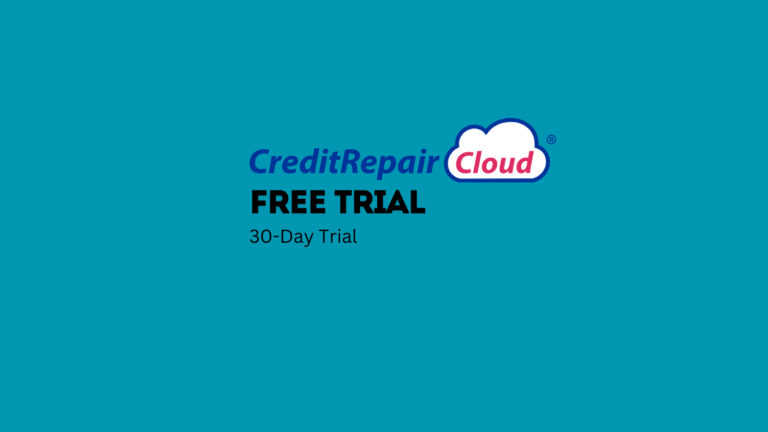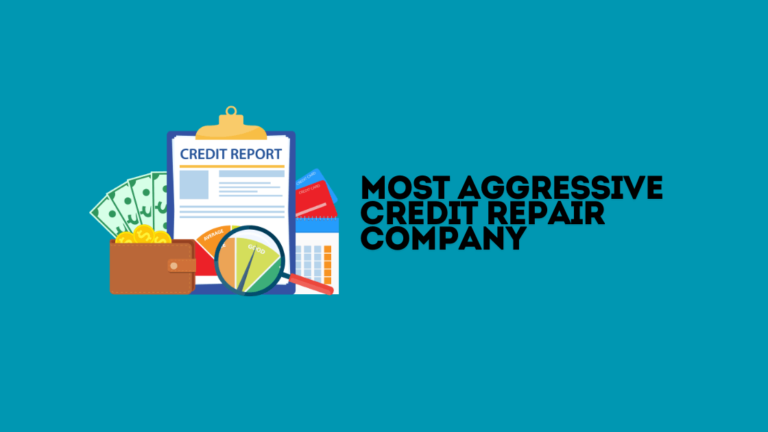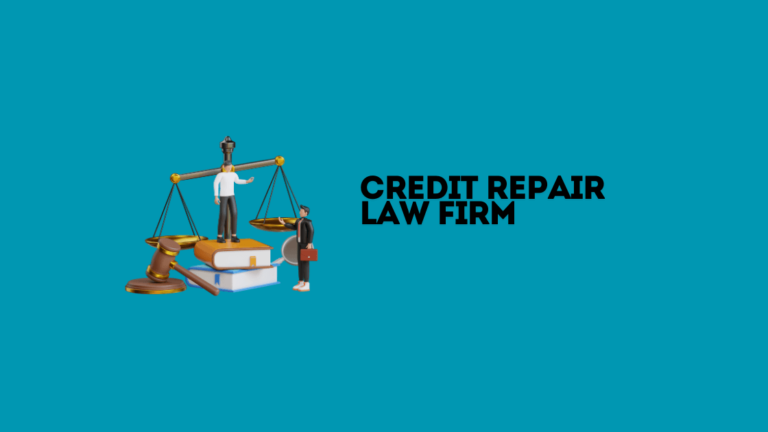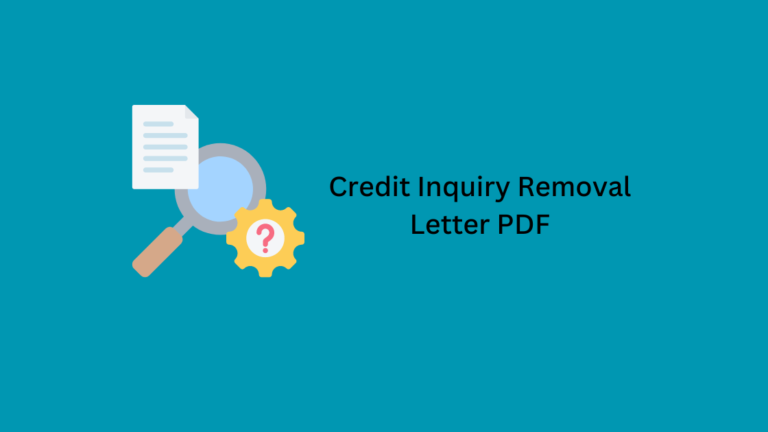Collection Removal Letter: Your Guide to Debt Freedom
Sure, here’s a Collection Removal Letter template: — Dear [Creditor’s Name], I am requesting the removal of the collection account from my credit report. I have resolved the debt in full.
A Collection Removal Letter is an essential tool for improving your credit score. Removing negative marks from your credit report can significantly boost your financial health. This letter formally requests that a creditor or collection agency delete a paid or settled account.
It’s crucial to be precise and polite in your communication. Ensure you provide all necessary details, such as your account information and proof of payment. Maintaining a clear and respectful tone can increase your chances of a successful outcome. Taking this step can help you achieve a cleaner credit report and better financial opportunities.
The Weight Of Debt Collection
Debt collection can be stressful. It can affect your credit score. It can also impact your peace of mind. A collection removal letter can help manage this burden.
What Is A Collection Removal Letter?
A collection removal letter is a formal request. It asks a creditor to remove a collection account. This letter can help improve your credit score. It is also known as a goodwill letter.
- It is a written request.
- Sent to a creditor or collection agency.
- Asks for the removal of a negative account.
In many cases, creditors agree to remove the account. This can make your credit report look better.
The Impact Of Collections On Your Credit Score
Collections can seriously hurt your credit score. Even one collection account can lower your score by many points. This can make it hard to get loans or credit cards.
| Score Range | Impact Level |
|---|---|
| 750-850 | High Impact |
| 600-749 | Medium Impact |
| 300-599 | Low Impact |
Removing collections can boost your score. This makes it easier to get credit in the future.
Legal Rights And The Fair Debt Collection Practices Act
The Fair Debt Collection Practices Act (FDCPA) protects you from unfair debt collection practices. This law ensures debt collectors treat you with respect and fairness. Knowing your rights can help you defend against illegal practices and harassment.
Understanding Your Rights Under The Fdcpa
The FDCPA grants you several important rights:
- Right to be informed: Debt collectors must tell you about your debt.
- Right to dispute: You can dispute a debt within 30 days.
- Right to validation: You can request proof of the debt.
- Right to privacy: Collectors cannot share your debt with others.
- Right to be free from harassment: Collectors cannot use threats or abusive language.
These rights empower you to stand up against unfair treatment. Always keep records of all communications with debt collectors.
How To Recognize Illegal Collection Practices
Some debt collectors use illegal tactics to collect debts. Here are signs to watch for:
| Illegal Practice | Description |
|---|---|
| Harassment | Repeated calls, threats, or abusive language. |
| False Statements | Claiming you owe more than you do. |
| Unauthorized Fees | Adding fees not allowed by law. |
| Public Disclosure | Sharing your debt with unauthorized parties. |
| Misleading Information | Providing incorrect information about your debt. |
If you notice any of these practices, you may be a victim of illegal debt collection. Knowing your rights is the first step in protecting yourself. You can report illegal practices to the Federal Trade Commission (FTC).
Preparing To Write Your Collection Removal Letter
Writing a collection removal letter can feel challenging. But with the right approach, you can succeed. This guide will help you prepare effectively.
Gathering Essential Information
Start by collecting all necessary documents. You need account statements, letters from creditors, and credit reports. These documents will provide the details you need.
- Account statements
- Letters from creditors
- Credit reports
Ensure you have accurate dates and amounts. Mistakes can delay the process.
Setting A Clear Objective For Your Letter
Define your goal before writing. Do you want the debt removed from your credit report? Or are you asking for a payment plan?
Be clear about your request. A concise letter is more likely to get a positive response.
State your purpose in the first paragraph. This helps the reader understand your needs quickly.
| Objective | Example |
|---|---|
| Remove debt from credit report | “I request the removal of this debt from my credit report.” |
| Request a payment plan | “I propose a payment plan to settle this debt.” |

Credit: www.reddit.com
Components Of An Effective Collection Removal Letter
An effective collection removal letter can boost your credit score. Understanding its components is essential for success. A well-crafted letter has a clear structure. It should be concise and to the point. Below are the key components to include in your letter.
Crafting A Strong Opening Statement
Your opening statement should grab attention. It should state your purpose clearly. Mention your name and account number. Be polite and professional. A strong opening sets the tone for the rest of the letter.
Detailing The Reasons For Removal
Explain why you seek removal. Provide specific reasons. Use bullet points for clarity:
- Errors in the collection account
- Debt settled or paid off
- Identity theft or fraud
Include evidence to support your claims. This strengthens your request. Be clear and concise in your explanation.
Negotiating A Pay-for-delete Agreement
Negotiating a pay-for-delete agreement can help improve your credit score. It involves paying off a debt in exchange for the removal of negative items from your credit report. This method requires careful planning and effective communication with your creditors.
How Pay-for-delete Works
Pay-for-delete is a deal between you and a creditor. You agree to pay the debt. In return, the creditor removes the negative item from your credit report.
This agreement is often not officially supported by credit bureaus. Still, many creditors are open to this practice. The process involves writing a collection removal letter and negotiating the terms.
Strategies For Successful Negotiation
Effective negotiation is key to a successful pay-for-delete agreement. Use these strategies:
- Research the Debt: Understand the debt details. Know your rights under the Fair Debt Collection Practices Act (FDCPA).
- Prepare a Strong Case: Collect all relevant documents. Show your willingness to pay.
- Be Polite and Professional: Approach the creditor with respect. Use a polite tone in your letters and calls.
- Negotiate in Writing: Always get agreements in writing. This ensures there is a record of the deal.
Below is a simple table summarizing the key points:
| Step | Action |
|---|---|
| Research | Understand the debt and your rights. |
| Prepare | Gather documents and be ready to pay. |
| Communicate | Be polite and write clearly. |
| Document | Get the agreement in writing. |

Credit: www.scribd.com
Sending Your Letter: Best Practices
Sending a collection removal letter is a crucial step. Ensuring it reaches the recipient and gets the desired response is essential. Here are some best practices to follow.
Choosing Certified Mail For Proof Of Delivery
Using certified mail ensures your letter is delivered. It provides proof of delivery, which is vital. Certified mail offers a tracking number. This allows you to track the letter’s journey.
Another advantage is the return receipt. This confirms the recipient received the letter. This receipt can be used as evidence. It proves you took action to resolve the debt.
Follow these steps to send via certified mail:
- Visit your local post office.
- Request a certified mail form.
- Fill out the form with your details.
- Attach the form to your letter.
- Pay the required fee and obtain your tracking number.
Following Up After Sending Your Letter
After sending your letter, follow up. This ensures your request is being processed. Use the tracking number to confirm delivery. Wait for the return receipt for proof.
Next, contact the collection agency. Ask for confirmation that they received your letter. Document this conversation for your records.
If you do not receive a response within 30 days, send a follow-up letter. Use the same method: certified mail. Keep copies of all correspondence.
Here’s a sample follow-up timeline:
| Day | Action |
|---|---|
| Day 1 | Send the initial collection removal letter via certified mail. |
| Day 7 | Check the tracking number for delivery status. |
| Day 14 | Contact the collection agency to confirm receipt. |
| Day 30 | Send a follow-up letter if no response is received. |
By following these best practices, you improve the chances of a successful outcome. Ensure your collection removal letter gets the attention it deserves.
What To Do If The Collection Agency Responds
Receiving a response from a collection agency can be daunting. Understanding how to act is key. This section will help you navigate the next steps.
Interpreting The Agency’s Response
First, read the response carefully. Note any specific points the agency makes. They might provide proof of the debt or offer a settlement.
Check if they have validated the debt. If they have, compare it with your records. Ensure all details match, including the amount and dates.
Look for any errors or discrepancies. If you find any, document them. These can be crucial in disputing the debt further.
If the agency offers a settlement, consider it carefully. It might be an opportunity to resolve the debt at a lower cost. Ensure you get any settlement offers in writing.
Next Steps If Your Request Is Denied
If the agency denies your request, don’t panic. Follow these steps:
- Review the Denial Letter: Understand the reasons for denial. This will guide your next actions.
- Gather Supporting Documents: Collect any evidence that supports your case. This can include billing statements, emails, or any correspondence.
- Send a Follow-Up Letter: Address the points in their denial. Include your evidence and reiterate your request for removal.
- File a Complaint: If the agency still refuses, consider filing a complaint. You can approach the Consumer Financial Protection Bureau (CFPB) or your state’s Attorney General office.
- Seek Legal Advice: If needed, consult a lawyer. They can provide guidance and help you understand your rights.
Remember, persistence is key. Stay organized and keep all correspondence. This will strengthen your case and improve your chances of success.
Maintaining Debt Freedom
Once you have successfully removed a debt collection, the journey is not over. Maintaining debt freedom requires vigilance and discipline. This involves creating a sustainable budget, monitoring your credit report regularly, and staying committed to good financial habits. Let’s dive into the details to ensure you remain debt-free and financially healthy.
Creating A Sustainable Budget
Creating a sustainable budget is crucial for maintaining debt freedom. A good budget helps you track your income and expenses. It ensures you live within your means and avoid new debts.
Here’s how to create a sustainable budget:
- List your income sources: Include salary, freelance work, and other income.
- Track your expenses: Note down all your monthly expenses.
- Prioritize needs over wants: Focus on essential expenses first.
- Save a portion of your income: Aim to save at least 20% of your income.
- Review and adjust: Adjust your budget to stay on track.
Monitoring Your Credit Report Regularly
Regularly monitoring your credit report is essential for maintaining debt freedom. It helps you spot errors and fraudulent activities early. This ensures your credit score remains healthy.
Follow these steps to monitor your credit report:
- Obtain free credit reports: Get free reports from the major credit bureaus.
- Review your report: Check for errors or unfamiliar accounts.
- Dispute inaccuracies: Report any errors to the credit bureau.
- Track your score: Keep an eye on your credit score regularly.
- Set alerts: Use credit monitoring services for instant alerts.
By creating a sustainable budget and monitoring your credit report regularly, you can maintain debt freedom and achieve long-term financial stability.
When To Seek Professional Help
When dealing with a Collection Removal Letter, it’s crucial to know when to seek professional help. Some situations are too complex to handle alone. Professional help can provide guidance and ensure the best outcome for your credit score.
The Role Of Credit Counselors
Credit counselors offer valuable assistance. They help you understand your credit report and the steps needed to improve it. Credit counselors can negotiate with creditors on your behalf. They also provide budgeting advice to help you manage future finances better. These professionals ensure your Collection Removal Letter is properly drafted and sent.
Considering Legal Assistance For Complex Cases
In some cases, legal help may be necessary. If you face persistent collection issues or disputed debts, a lawyer can assist. Legal experts understand the Fair Debt Collection Practices Act. They can protect your rights against unlawful collection practices. Lawyers also help in drafting and sending effective Collection Removal Letters. This ensures that your letter complies with all legal requirements.
:max_bytes(150000):strip_icc()/960563v1-5ba433644cedfd0050c28bf1.png)
Credit: www.thebalancemoney.com
Success Stories And Inspirations
Debt can feel overwhelming. Yet, many people have found freedom using a Collection Removal Letter. These success stories can inspire and motivate you. Learn from those who have walked this path before. You can take control of your financial situation by utilizing a Collection Removal Letter to dispute and remove inaccuracies from your credit report. With the implementation of new credit laws, it has become easier to challenge and remove collections that are not valid or have been reported in error. By learning from others’ experiences and taking action, you can work towards achieving the financial freedom you desire. Taking the initiative to address inaccuracies on your credit report can not only eliminate the burden of debt, but it can also boost your credit score fast. It’s important to remember that you have the power to take control of your financial future and improve your creditworthiness. By utilizing a Collection Removal Letter and taking proactive steps, you can pave the way for a brighter financial outlook.
Real-life Debt Freedom Journeys
Many individuals have used a Collection Removal Letter to reclaim their financial peace. Here are some real-life examples:
- Jane Doe: Jane cleared $15,000 in debt. She used the letter to negotiate with creditors.
- John Smith: John eliminated errors from his credit report. His score improved by 100 points.
- Emily Davis: Emily settled her debts and avoided legal actions. She now enjoys financial stability.
Learning From Others’ Experiences
Each success story holds valuable lessons. Here is what we can learn:
| Person | Lesson Learned |
|---|---|
| Jane Doe | Persistence pays off. Keep negotiating with creditors. |
| John Smith | Regularly check your credit report for errors. |
| Emily Davis | Seek professional help if needed. It can make a difference. |
Can a Credit Repair Company Help with Collection Removal Letters?
A credit repair company can assist in drafting effective collection removal letters to negotiate with creditors and improve your credit score. The best credit repair companies texas have experience in handling disputes, verifying debts, and advocating on your behalf to remove inaccurate or outdated negative items from your report.
Frequently Asked Questions
1. How Do I Write A Letter To Remove A Collection?
To write a letter to remove a collection, state your request clearly. Include your details, account information, and reason for removal. Provide supporting documents and request confirmation of the removal. Be polite and professional.
2. Do Letters Work To Delete Collections?
Yes, letters can work to delete collections. Success depends on your situation and the creditor’s response. Always be polite and persistent.
3. How Do I Get A Collection Removed Immediately?
To remove a collection immediately, negotiate a pay-for-delete agreement with the creditor. Ensure to get the agreement in writing.
4. What Do You Say To Get A Collection Removed?
Request a “Goodwill Deletion” or dispute inaccuracies. Provide proof if errors exist. Negotiate a pay-for-delete agreement.
5. What Is A Collection Removal Letter?
A collection removal letter requests a debt collection agency to remove a collection account from your credit report.
Conclusion
Crafting a compelling collection removal letter can significantly impact your credit score. A well-written letter demonstrates professionalism. It can also expedite the removal process. Remember to be clear, concise, and polite. This approach increases your chances of success. Take control of your financial future today.







